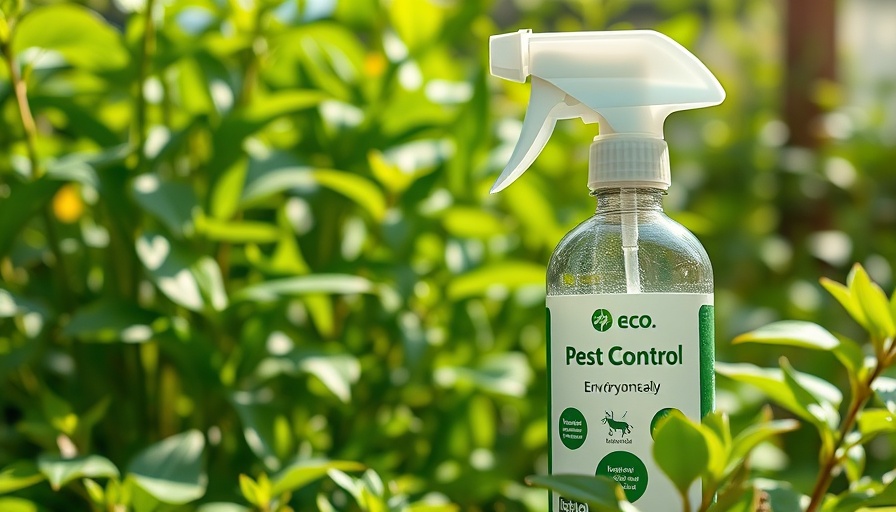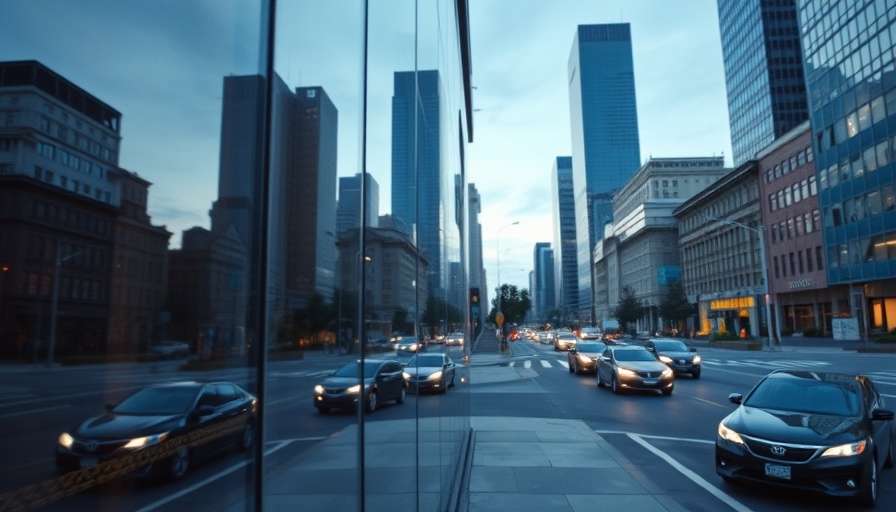
Embracing Eco-Friendly Pest Control: A Game Changer
As the emphasis on sustainability continues to grow among travelers and hospitality professionals, eco-friendly pest control measures have taken center stage. In a world where carbon footprints matter, opting for lower-impact pest control can have substantial benefits not only for our immediate environment but also for the health of our families and guests.
Understanding the Impact of Traditional Pest Control
Traditional pest control methods often involve harmful chemicals that can linger in our ecosystem, affecting wildlife, water sources, and even indoor air quality. These products can leach into the soil, causing long-term damage and contributing to a cycle of pollution. By rethinking pest management strategies, the hospitality industry can play a vital role in protecting the environment.
Five Practical Changes to Lower Your Pest Control Impact
- Integrative Pest Management (IPM): This strategy combines different management approaches to reduce the reliance on chemical pesticides. By monitoring pest populations and implementing environmentally friendly solutions like traps and beneficial insects, both homes and hotels can significantly lower their chemical use.
- Natural Deterrents: Utilizing plants known for their pest-repelling properties, such as lavender or marigolds, can naturally deter unwanted critters. Incorporating these plants into hotel landscaping not only beautifies the environment but also serves functional purposes.
- Regular Maintenance: Inspecting and properly sealing leaks, gaps, and entry points can minimize pest infestations. By investing in preventive measures, concerned homeowners and hospitality professionals can significantly reduce the need for chemical interventions.
- Responsible Waste Management: Composting provides a solution for both food waste and pest control. By creating a compost system in hotels and restaurants, organic waste can be processed naturally, attracting fewer pests and adding nutrient-dense material back into the earth.
- Educating & Informing Guests: Raising awareness among guests about the importance of eco-friendly practices can enhance participation in sustainable living. Offering informational brochures or workshops on eco-friendly habits not only promotes a better understanding but also enhances a hotel’s values as a sustainable destination.
Why Lower-Impact Practices Matter
Adopting lower-impact pest control methods aligns with the growing trend of rethinking sustainability strategies across the hospitality sector. By focusing on eco-friendly options, businesses can reduce their carbon footprints, promote forest restoration, and engage in tree planting initiatives—all vital components in building a sustainable future.
Essential Tools and Techniques in Pest Management
Innovative tools that support sustainable pest control are now more accessible than ever. From biodegradable traps to high-tech monitoring systems that track pest populations and resource consumption, the hospitality industry is equipped to make informed decisions that benefit both the environment and patrons.
The Future of Sustainable Pest Control in Hospitality
Looking ahead, as travelers demand more sustainable options, the hospitality industry must adapt. Creating net-zero hotels that focus on energy efficiency in their operations, including pest management, is a step towards setting industry standards that prioritize environmental health.
In Conclusion: Take Action Towards Sustainability
As we transition towards eco-conscious living, consider these actionable insights for implementing lower-impact pest control solutions in your home or business. Together, we can create a healthier planet for future generations while redefining our relationship with nature.
 Add Row
Add Row  Add
Add 




Write A Comment